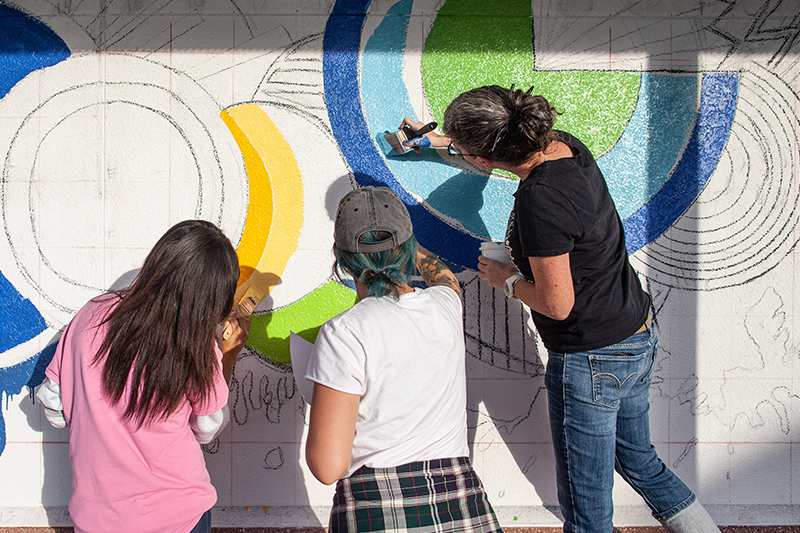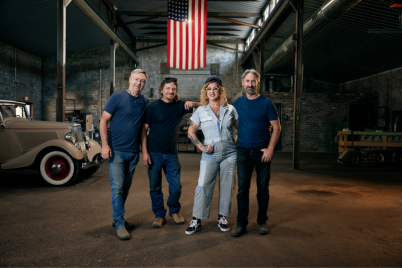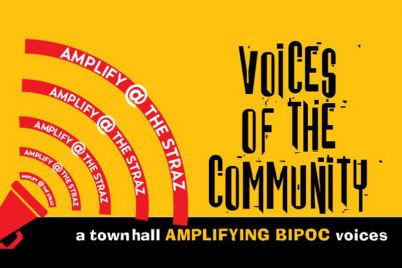The Justice Studio is an arts program started by NOMADStudio’s artist Carrie Boucher | Photos courtesy of Todd Bates
BY RAVEN JOY SHONEL, Staff Writer
ST PETERSBURG – At a time when concern for youth violence, arrests, and deaths are mounting in Pinellas County, a new project has brought life-transforming art, conversation and education to youth assigned to the Pinellas Regional Juvenile Detention Center (JDC).
The Justice Studio is an arts program started by NOMADStudio’s artist Carrie Boucher. An outgrowth of a visit by NOMAD’s Art Bus earlier this year, Justice Studio has grown into the in-house art program at the JDC.
Through research, Boucher learned that Pinellas County Schools are responsible for educating the youth detained at JDC, but despite an ongoing surplus in referendum funding for visual art in every Pinellas public school, there is no school art program at the facility.
Working alongside art therapist Kinsey Rodriguez and a handful of other artists and volunteers, Boucher wants Justice Studio to fill that gap. Currently, the project is funded entirely by private donations.
Since September, Boucher, Rodriguez and guest artists and volunteers have visited the center on Tuesdays and Thursdays; however, Boucher would love to be there every day.
“I love that we all really get to know one another in the Studio. JDC mixes kids from different mods — even girls and boys together — so we’re all always getting to know each other, catching new kids up and deepening connections,” shared Boucher.
All of the participants are there by choice, but the center’s policy is that only youth maintaining good behavior are allowed to participate.
“Once a young person has been with us for two or three sessions, they feel like family. They know we care about them and they start letting us know who they really are,” Boucher affirmed.
Rodriguez expressed similar gratification around the growing impact of Justice Studio and felt a sense of accomplishment knowing that their young charges “are learning healthy ways to cope with stressors and express themselves.”
She shared satisfaction at being able to advocate for the youth while helping them obtain the skills to advocate for themselves.
During sessions, youth work on individual and group projects (Justice Studio is currently in the middle of painting a mural on one of the outside walls of the facility). They also share stories, peruse art books, listen to passages from contemporary novels and enjoy extras like birthday cakes and healthy holiday fixings.
A recent session incorporated prompts to learn more about how the youth felt about their time at Justice Studio. One teen wrote, “I like drawing the best. Drawing makes me feel calm and normal.” Another shared, “I feel free to say anything in the art program because they don’t judge you here.”
A female teen in the group wrote, “I feel relieved because I get away from all drama and stress from the mod. I feel calm.”
A detention center officer is always present. During a recent mural-painting session, Superintendent Ariel Veguilla stopped by to add some paint on the walls himself and was enthusiastic about the relationship with Justice Studio.
“It’s brightening up the facility, and it does the same with [the youth’s] attitudes about life. It brightens their horizons and gives them something to look forward to,” affirmed Veguilla. “They learn something every time they come in contact with the volunteers and artists,”
During the visit, graffiti artist ZuluPainter was there to share expertise and wisdom, along with a healthy share of humor.
“Children are the future, and we have to help them,” he stated, acknowledging the support he was given as a young person by mentors at a Boys and Girls Club. “That support helped keep me on track; that’s what I needed. Now I need to give back what I needed.”
Boucher admits that she worries about the youth after they’ve left the art room. Some of the children, she said, have no idea what’s going on with their cases and often don’t have anyone advocating for them.
Rodriguez shared concerns about the direct file system, which sends youth to adult courts.
“We know from science that their brains are not functioning as adults, and they don’t have the same rights as an adult, so it seems counterintuitive to punish them in the same way adults are punished.”
Boucher has plans to add a mentoring component for youth who leave JDC and want to continue working with NOMADStudio.
“We’re trying to give them an avenue for their creativity and interests so that it might serve them in some way someday whether that’s just in the form of an activity for stress relief, or if they actually want to pursue a career in a creative field. We try to model for them that it’s possible,” she averred.
As the mural painting comes to an end for the day, the young artists and their mentors review their work, but much more than painting on walls has transpired.
During the session, amiable 15-year-old D.I. has conversed with Boucher about the Big Bang and discussed recent headlines with Rodriguez.
E.C., a soft-spoken 17-year-old girl, has engaged the duo in conversation about NOMADStudio’s travel schedule.
The youngest participant, R.C.G., who turned 13 that day, conversed with the visiting journalist about writing a book.
But it was E.C.’s words that best summed up the poignant vitality and transformative power of Justice Studio for its participants.
“I forgot I was in jail while I was in here.”
For information on how you can support Justice Studio, visit www.nomadartbus.org








